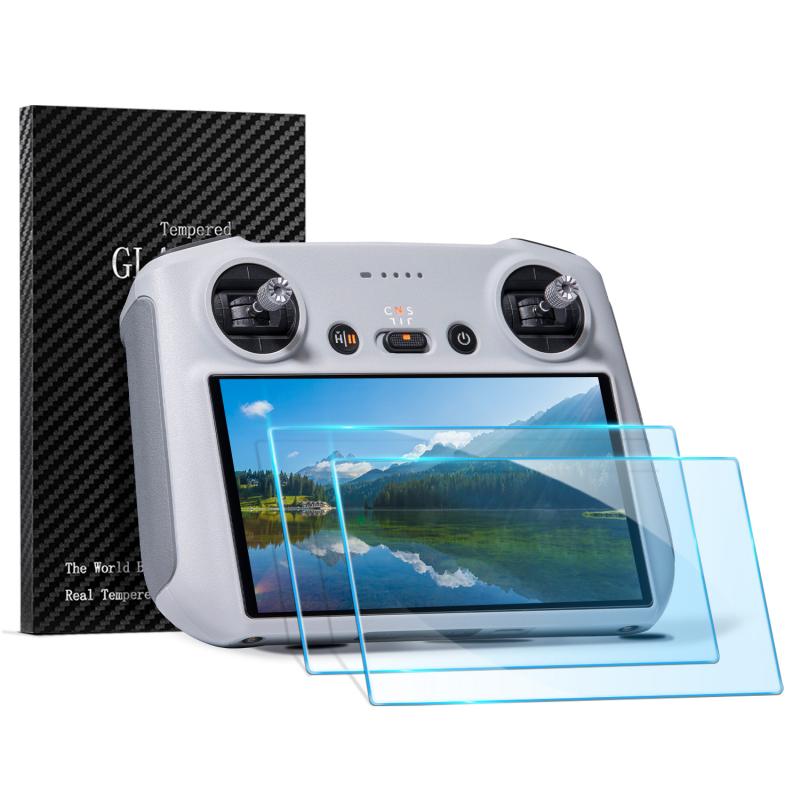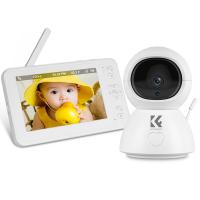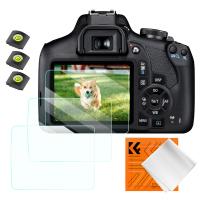How To Show Screen On Webcam?
In today's digital age, the ability to share your screen via a webcam has become an essential skill for various purposes, including online meetings, virtual presentations, remote teaching, and live streaming. Whether you're a professional, educator, or content creator, knowing how to effectively share your screen can enhance communication and collaboration. This article will guide you through the process of showing your screen on a webcam, covering different platforms and tools, and providing practical tips to ensure a smooth experience.
Understanding the Basics

Before diving into the specifics, it's important to understand the basic concept of screen sharing. Screen sharing allows you to broadcast the contents of your computer screen to others in real-time. This can include anything from a PowerPoint presentation to a software demonstration or even a live coding session. The key is to use the right tools and settings to ensure that your audience can see your screen clearly and without interruptions.
Choosing the Right Platform

The first step in showing your screen on a webcam is to choose the right platform. There are several popular platforms that support screen sharing, each with its own set of features and benefits. Here are some of the most commonly used platforms:
1. Zoom: A widely-used video conferencing tool that offers robust screen sharing capabilities. Ideal for meetings, webinars, and virtual classrooms.
2. Microsoft Teams: Another popular choice for business and education, offering seamless integration with other Microsoft Office tools.
3. Google Meet: A simple and effective option for Google Workspace users, with easy screen sharing and collaboration features.
4. OBS Studio: An open-source software for video recording and live streaming, perfect for content creators who need advanced customization options.
Step-by-Step Guide to Screen Sharing

Let's take a closer look at how to share your screen on some of these platforms.
Zoom

1. Start or Join a Meeting: Open the Zoom application and start or join a meeting.
2. Click on 'Share Screen': In the meeting controls, click the 'Share Screen' button.
3. Select the Screen or Application: A window will pop up showing all the available screens and applications. Select the one you want to share.
4. Optimize for Video Clip: If you are sharing a video, check the 'Optimize for video clip' option to ensure better quality.
5. Click 'Share': Click the 'Share' button to start sharing your screen.
Microsoft Teams
1. Start or Join a Meeting: Open Microsoft Teams and start or join a meeting.
2. Click on 'Share Content': In the meeting controls, click the 'Share Content' button.
3. Choose What to Share: Select whether you want to share your entire screen, a specific window, or a PowerPoint presentation.
4. Click 'Share': Click the 'Share' button to begin sharing your screen.
Google Meet
1. Start or Join a Meeting: Open Google Meet and start or join a meeting.
2. Click on 'Present Now': In the bottom-right corner, click the 'Present Now' button.
3. Select Your Screen: Choose whether you want to share your entire screen, a window, or a Chrome tab.
4. Click 'Share': Click the 'Share' button to start sharing your screen.
OBS Studio
1. Download and Install OBS Studio: If you haven't already, download and install OBS Studio from the official website.
2. Create a New Scene: Open OBS Studio and create a new scene by clicking the '+' button under the 'Scenes' box.
3. Add a Display Capture Source: Click the '+' button under the 'Sources' box and select 'Display Capture'. Choose the screen you want to share.
4. Start Streaming or Recording: Click the 'Start Streaming' or 'Start Recording' button to begin sharing your screen.
Practical Tips for Effective Screen Sharing
Now that you know how to share your screen on different platforms, here are some practical tips to ensure a smooth and effective screen sharing experience:
1. Prepare Your Screen: Before you start sharing, make sure your screen is organized and free of any sensitive or distracting information. Close unnecessary tabs and applications.
2. Test Your Setup: Do a test run to ensure that everything is working correctly. Check your internet connection, audio, and video settings.
3. Use a Wired Connection: If possible, use a wired internet connection to avoid any potential connectivity issues.
4. Engage Your Audience: Keep your audience engaged by interacting with them, asking questions, and encouraging participation.
5. Monitor the Chat: Keep an eye on the chat window for any questions or feedback from your audience.
6. Use Annotations: Many platforms offer annotation tools that allow you to highlight or draw on your screen. Use these tools to emphasize key points.
7. Record the Session: If appropriate, record the session for future reference or for those who couldn't attend.
Troubleshooting Common Issues
Even with the best preparation, you may encounter some issues while sharing your screen. Here are some common problems and how to troubleshoot them:
1. Screen Not Visible: If your screen is not visible to others, make sure you have selected the correct screen or application to share. Check your internet connection and try restarting the screen sharing.
2. Audio Issues: If your audience can't hear you, check your microphone settings and ensure that your audio is not muted. If you are sharing a video, make sure to share the computer audio as well.
3. Lag or Delay: If there is a lag or delay in your screen sharing, try reducing the resolution of your screen or closing any unnecessary applications that may be using up bandwidth.
4. Compatibility Issues: Some platforms may have compatibility issues with certain operating systems or browsers. Make sure you are using a supported system and browser.
Screen sharing is a powerful tool that can enhance communication and collaboration in various settings. By choosing the right platform, following the step-by-step guides, and implementing practical tips, you can ensure a smooth and effective screen sharing experience. Whether you're conducting a virtual meeting, teaching a remote class, or live streaming content, mastering the art of screen sharing will help you connect with your audience and achieve your goals.

















There are no comments for this blog.